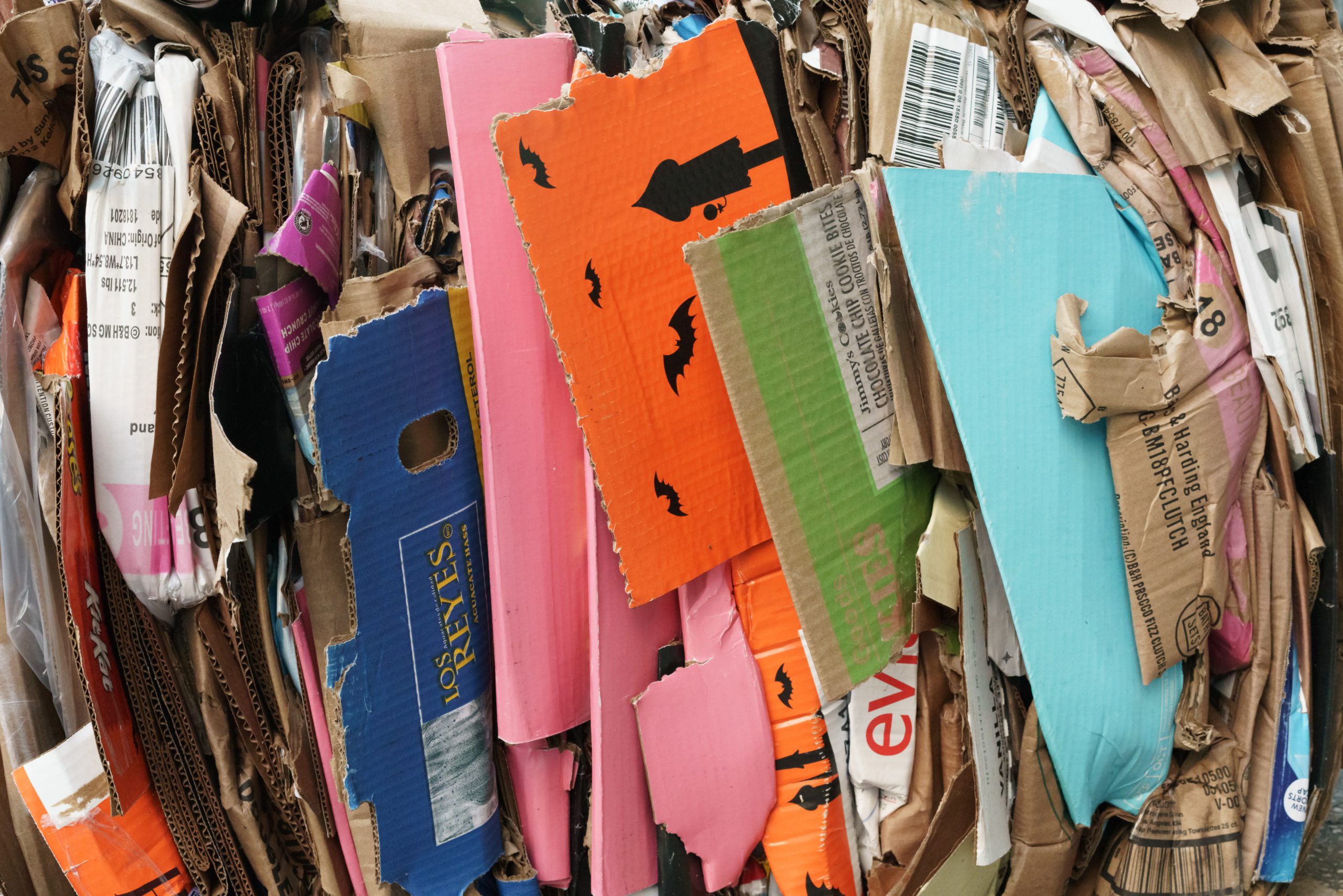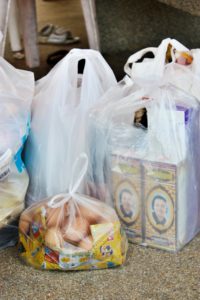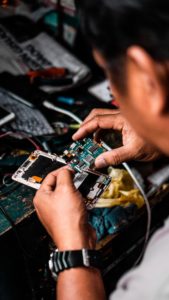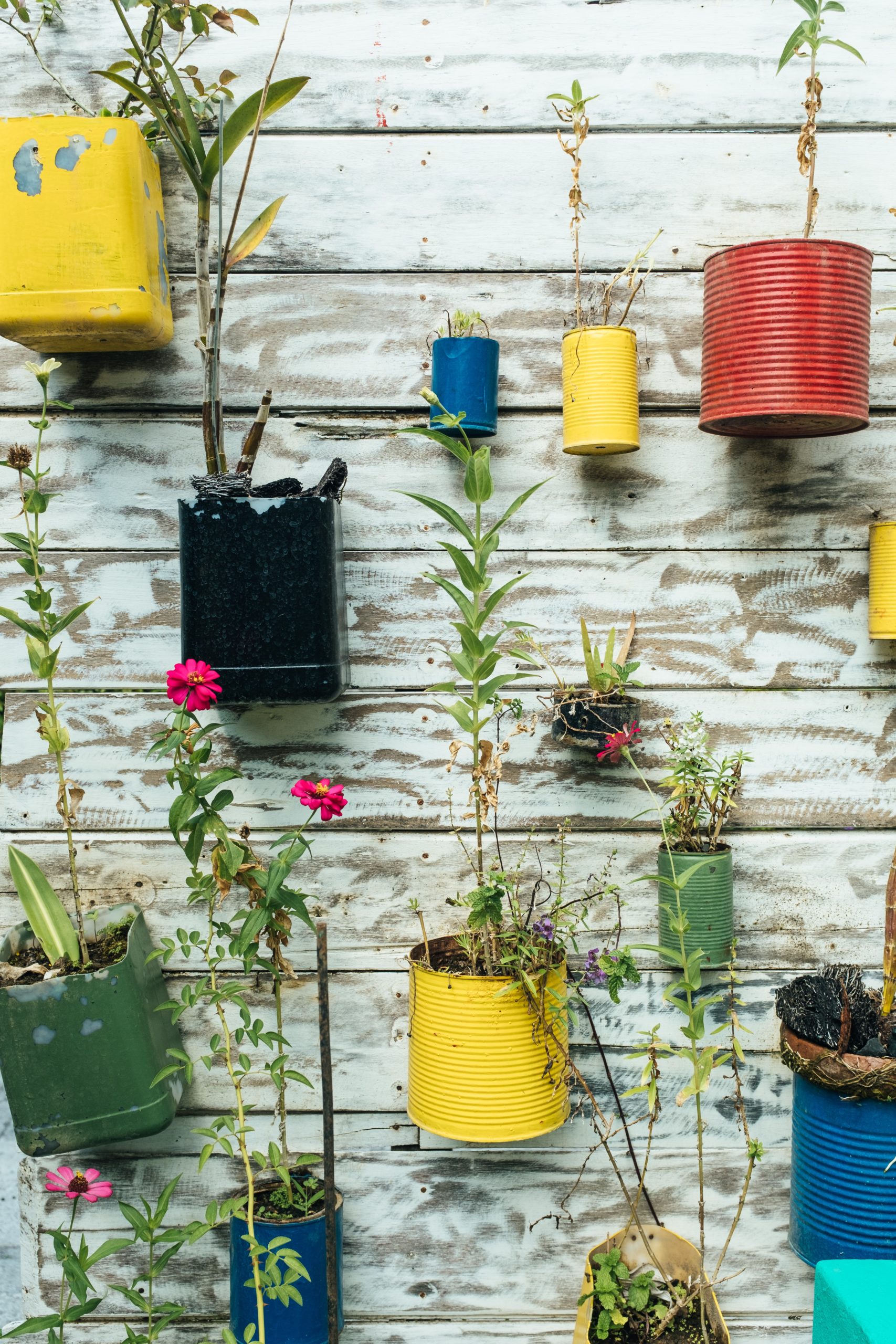Repurposing refers to giving a second life to packaging material, using it for a different usage than the original one. There are a number of examples of beneficiaries repurposing packaging: using grain bags, jerry cans or plastic containers to hold water or food (1), using polywoven bags to grow plants (2) or turning cardboard boxes into furniture (3).
Packaging waste from humanitarian interventions is likely to contribute to local waste pollution, given the high amount of waste that is not properly disposed of in low-income countries. Whilst packaging should be reduced first and foremost, repurposing packaging is a way to extend its useful life. It also provides additional benefits to the local population.
Key actions
-
#1 Identify suitable packaging
Identify packaging that is already, or could potentially be, repurposed by beneficiaries.
-
#2 Facilitate repurposing
Identify ways to facilitate repurposing, e.g. pre-printing cut-offs, providing manuals, etc.
-
#3 Provide a manual
Provide an easy-to-understand manual in locally-used language(s).
-
#4 Raise awareness
Provide additional awareness-raising or training sessions for beneficiaries.
To consider
-
Potential co-benefits
- Reducing the environmental impact of packaging by giving it a second life
- Improving the lives of beneficiaries by providing them with additional items
- Other co-benefits depending on the solution, e.g. reducing fire wood collection
-
Success conditions
- Providing clear instructions on how to repurpose the packaging
- Making the process as simple as possible
-
Prerequisites & specificities
- Branding and logos can prevent packaging from being reused
-
Potential risks
- Potential safety risks, e.g. due to instability or mistakes during the construction, if applicable

Tools and good practices
-
UNICEF Project Brief: Project Play
The project brief provides a good summary of the UNICEF Project Play.
Read here -
Video: Family tent with cradle from packaging
The video provides further information on the family tent with a cradle made from its packaging and how complementary items are made from excess material from blanket production
Watch here -
Cradle tent developed with UNHRD Lab
The item description of the UNHRD family tent with a cradle made from its packaging
Read here -
Innovative portable solar cooker using the packaging waste of humanitarian supplies, 2016
A research article that presents a prototype for a portable solar cooker from cardboard packaging, by Regattieri et.al
Read here
To go further
-
WFP, Rethinking packaging, reducing waste, 2018
A blogpost on WFP’s action to address the growing packaging waste challenge, including making packaging appropriate and safe for reuse. It also provides a few examples of how beneficiaries reuse WFP packaging
Read here -
USAID, Sustainability in Humanitarian Supply Chains. A Preliminary Scoping of Improvements in Packaging, 2020.
The scoping document contains a section on repurposing packaging waste
Read here
Featured items
Eliminate unnecessary or problematic plastic packaging

Repairable items

Sources
(1) WFP (Word Food Program), Rethinking packaging, reducing waste, 2018. Read here
(2) USAID, Sustainability in humanitarian supply chains: A Preliminary Scoping of Improvements in Packaging, 2020. Read here
(3) MDPI (Alberto Regattieri, Mauro Gamberi, Marco Bortolini, and Francesco Piana), Innovative Solutions for Reusing Packaging Waste Materials in Humanitarian Logistics, 2018. Read here
(4) World Bank, What a Waste 2.0. A Global Snapshot of Solid Waste Management to 2050, 2018. Read here
(5) UNICEF Office of Innovation, Project Play. Read here
(6) UNHRD, 2020 in Review, 2020. Read here
(7) UNICEF Office of Innovation, Project Play. Read here
(8) UNHRD, 2018 in Review, 2018. Read here
(9) Spring Wise, In India old cardboard boxes used to create school bags that transform into desks. Read here
Cover photo © Anna Tarazevich/Pexels.
